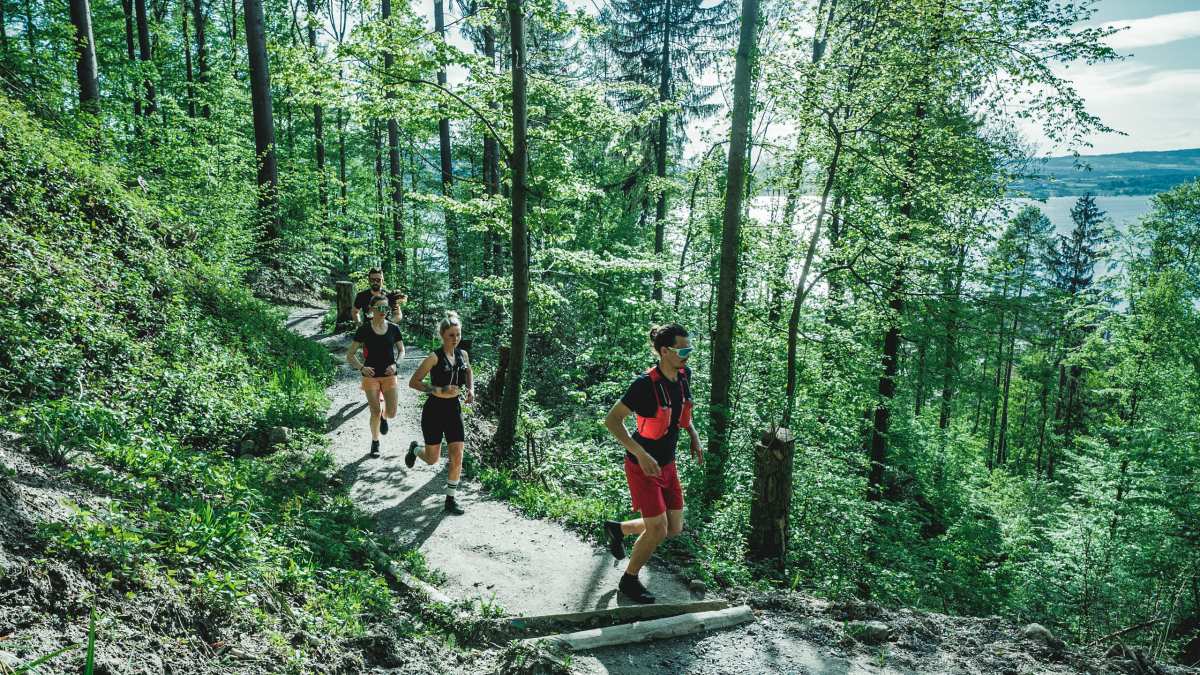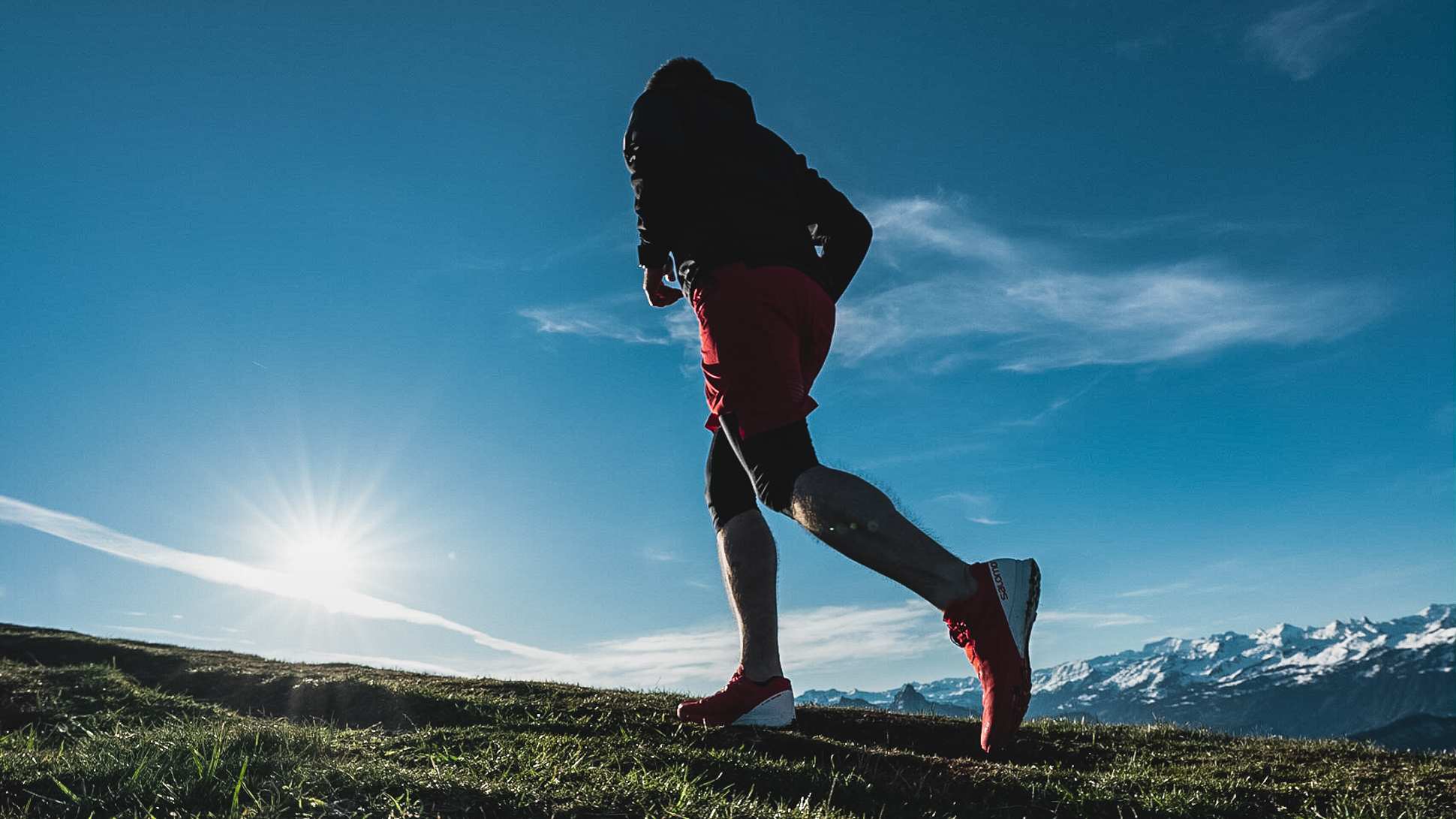
How to run uphill: tips, techniques & the benefits

Whether you’re thinking about your first wanting to increase running strength or just looking to be a better runner, running uphill can simply get you there quicker. There are benefits to running uphill, as it helps regulate the cardiovascular system, works difficult-to-train muscles, lengthens calves, promotes running posture - basically, all the important things runners need to get ahead. So better to master it than trying to avoid it. The key is to start slowly and try for yourself to see what works for you.
When starting out, It feels like a struggle. To get ahead and up you need to push yourself. Often people for the first time choose hills far too steep, It’s important to begin with, a gentle incline and gradually build to longer, steeper hills. This not only helps you adapt better in the long term but helps to overcome the mental strain.
When you run uphill you work different muscles and it can lead to muscle soreness the days after. If hill runs aren’t a regular part of your training, then a session on the slope can sideline you in recovery mode longer than your normal run would.
Once you start you’ll quickly see those “negative” aspects of running uphill are actually benefits in disguise. More efficient breathing, stronger muscles and mindset, general improvements in endurance are all rewards that await the uphill runner. We have collected a few tips for you to help you conquer the mountains.
Start on the stairs
The main benefit of stair running is to promote the “quick and light” steps technique. Here, focus on hitting every stair in training while maintaining a normal breathing rate. With this mastered, you naturally promote the right technique for hill running needed to conquer the climb.

Hit the hills when ready
Once small and quick steps are mastered, it’s time to move from the stairs to the hills. The best place to practice uphill running on uneven forest and mountain trails of gradual incline.
It is important to start easy and small and find the right incline for your level. Too steep, and you’ll fatigue early. The best way forward is to increase your grade gradually, running the same route until you can claim that climb is conquered and move to a new challenge.
Watch your posture
Many of the same principles as running flat still apply. A straight body alignment and to “run tall,” that being; eyes forward (not down), shoulders back, hips and knees aligned. With your body straight, your knees will naturally lift higher to allow for you to climb upwards, and your feet will be doing the angled work that gets you moving in the right direction.
Keep your elbows bent, but allow to remain neutral as they will be working harder than normal along with your biceps and shoulders.
Forefoot forward
When it comes to running uphill, the greater the incline, the more use of your forefoot for the climb. One of the greatest benefits of running hills is that this is where speed is built for tackling faster flats.
Quick and light
The way to best think of how you should stride when heading uphill is “quick and light” – small steps more often. Whilst going uphill, the stride rate and length both shorten. Increasing foot speed isn’t the same as increasing overall speed, and many amateur runners make the mistake to increase their pace right before they hit the incline. The problem with this technique is it changes your breathing and shifts running momentum, meaning you tire yourself out even before the real uphill battling begins.
Rest and recovery
There’s no sugar-coating it: hill sprints hurt. To deal with excessive muscle soreness the day of, and after, your hill run training:
Be sure to stretch your quads and calves between training.
Muscle tears need protein to recover, so make sure you eat replenish and provide the right nutrition to your body.
Alternate Hot Cold Showering is a great way to cut down on muscle soreness the next day. Run your shower 30 seconds hot then 30 seconds cold for 3 minutes to help promote a faster recovery.
When all said and done, be sure to wait a few days before running uphill again. Listen to your legs and body and when they feel completely ready, go for it.
Making hill running work for you
The key is to start slowly, practice technique, put in place the tips you’ve picked up and then simply give it all a try for yourself to see what works for you. Be patient with yourself and enjoy the journey.

